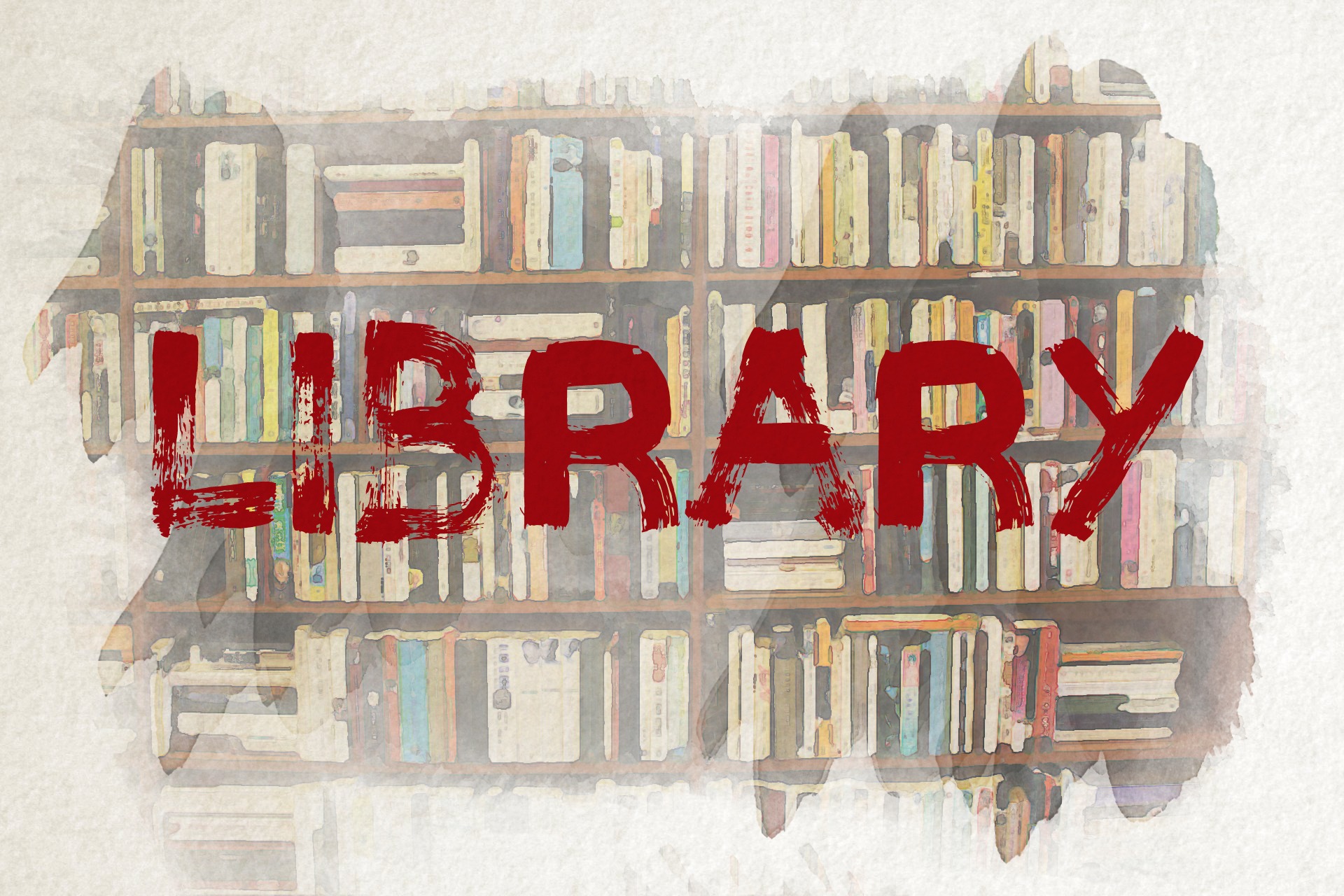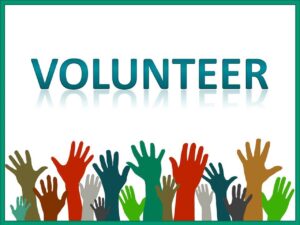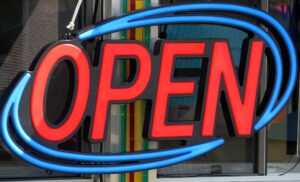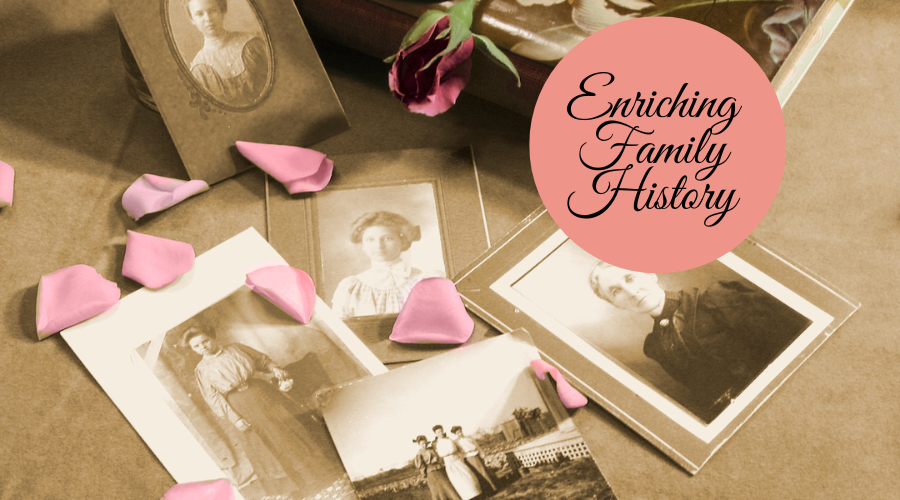
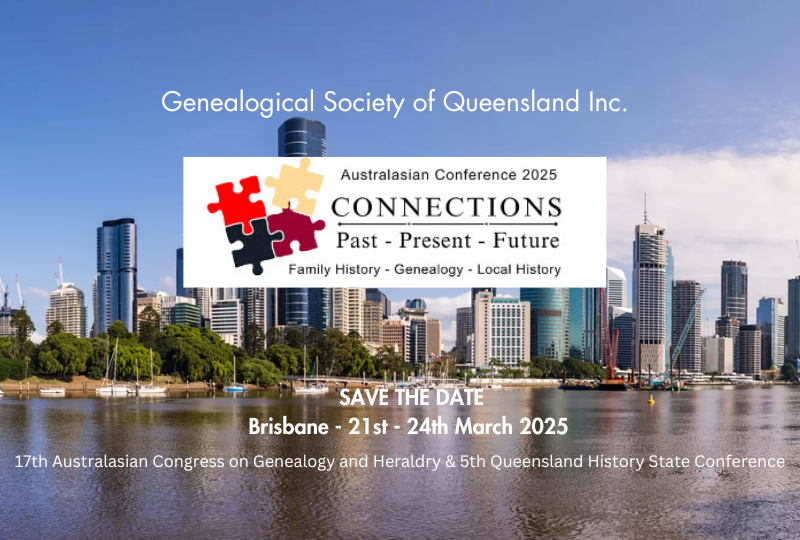
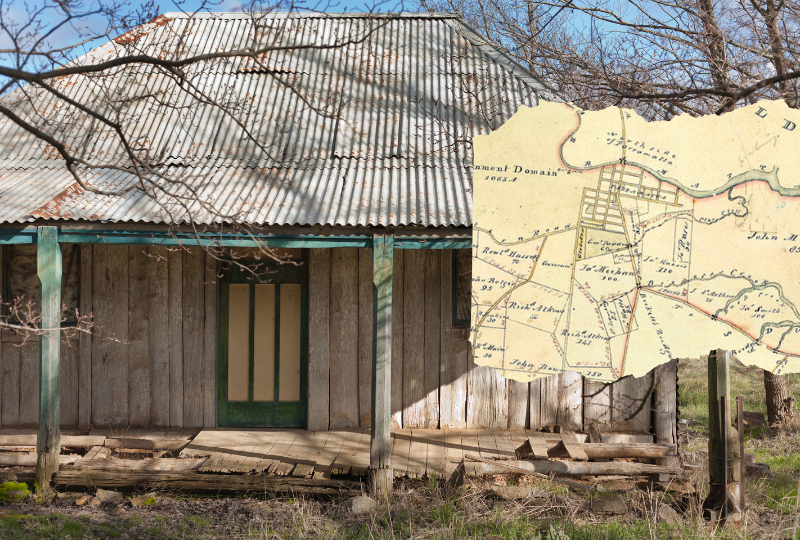
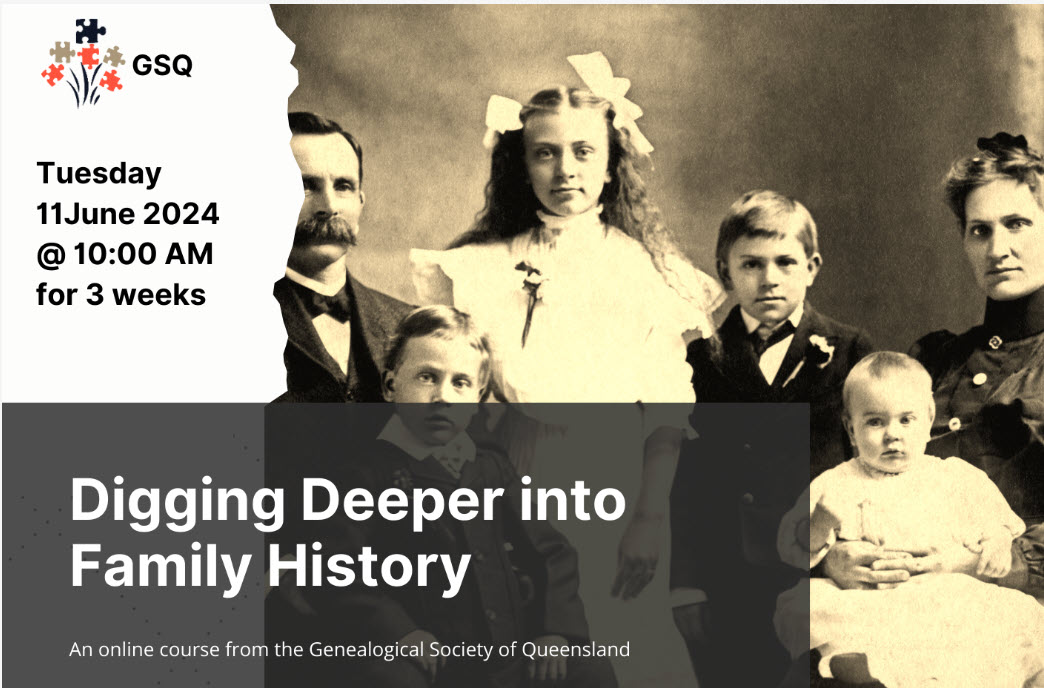
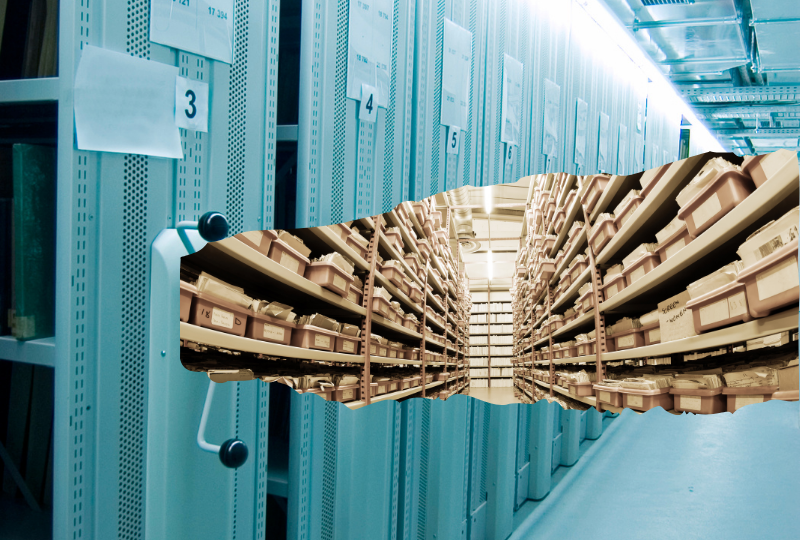
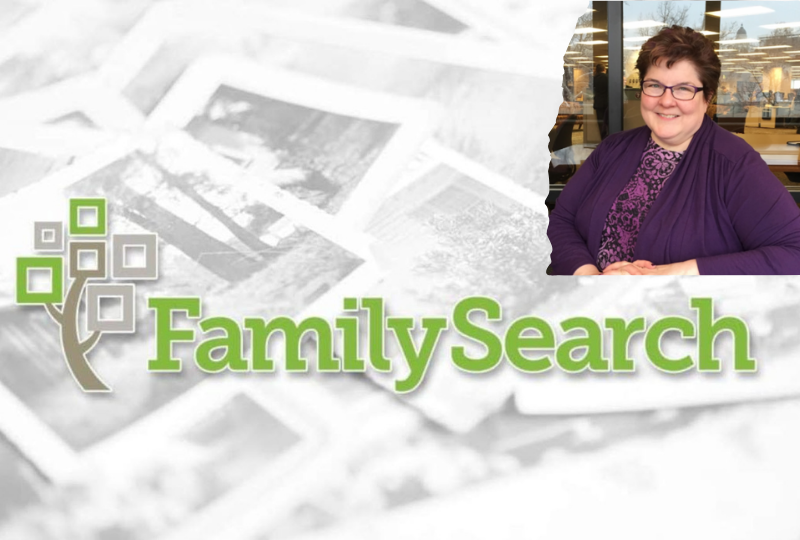

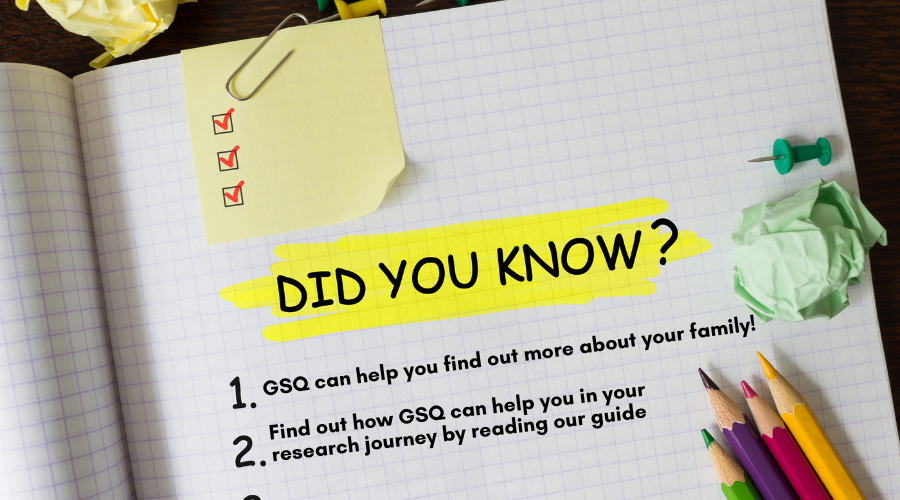
EXTRAS
SORRY to Announce, we have needed to cancel the event for Paul Nixon of "Tommy This and Tommy That" due to Paul being unwell.
MyGSQ
Please sign in to your Membership Sign In and Manage account, go to the TAB called MyGSQ and click on the link to take you to the members pages.
The link is now working and you NO Longer need your old GSQ Username and Password.
Only use your email and newly created password to sign in.
Joan Reese Memorial Short Story Competition
2024 Topic Announced.
"A short story from your family history research"
Must be submitted before 3 June 2024
Our wide-ranging programme of classes, seminars, education sessions and hands on workshops are open to anyone interested in family history. Check out the Events calendar to see what's happening in the world of family history. Book an event today!
View EventsBecome a member today to get full access to GSQ’s library and its unique records with more being added on a regular basis. Receive discounts for lectures, events and publications as well as member-only access to numerous indexes and online material.
Become a MemberAre you looking for some assistance with your research?
Do you need something within our GSQ Library looked up - we have many records and indexes that are only available at GSQ.
Research Services
GSQ now has a NEW Library Catalogue. Better search engine and easier to use. It contains thousands of resources, unique records and publications. Also a LIST function to view all new items added for the month. Search the catalogue now!
Library CatalogueMyGSQ
MyGSQ is a dedicated site containing unique records and is only available to GSQ members. Log into MyGSQ through the GSQ Login/Logout and you can search the unique record collections such as the index to pedigree charts and funeral director's records. You can also view other members' interest areas.
Resource Centre
The GSQ Resource Centre provides members and visitors with access to a number of computer-based paid sites such as Ancestry, Find My Past, The Genealogist and MyHeritage. The Centre also holds published reference material and special collections covering Australia and other countries.
GSQ relies on volunteers and other supporters to provide the best services it can for members and visitors. Without dedicated supporters, GSQ would not continue to exist.
Become a Volunteer or help support GSQ in other ways.
Opening Hours and Getting to GSQ
Find out about GSQ’s regular opening hours, planned closures and transport options. How to get to GSQ by public transport or car.
See the Google Map on the next page.
Published monthly, eNews is the best way to stay up to date with what is happening in the world of family history and at GSQ. You can read past editions of eNews and you don’t have to be a member to receive eNews so sign up today!
GSQ Blog
Read the latest articles on the Blog to see what's happening in the world of family history.
You can also view the images in the GSQ gallery and perhaps share your photos.
We recommend that you add the email addresses president@gsq.org.au to your email contacts list
so that our emails do not land in your junk mail box.


